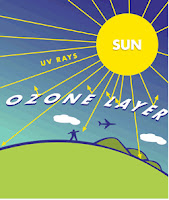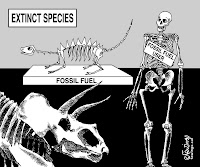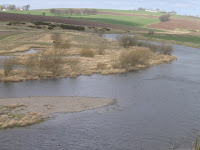2.Water cycle: the continuous movement of water between Earth's surface and the air, changing from liquid to gas to liquid.
3.Grounwater: water that seeps into spaces between bits of rock and soil.
4.Water table: the top of the water-filled spaces in the ground.
5.Aquifer: an underground layer of rock or soil filled with water.
6.Spring: a place where groundwater seeps out of the ground.
7.Well: a hole dug below the water table that water seeps into.
8.Reservoir: a storage area for freshwater suplies.



















































